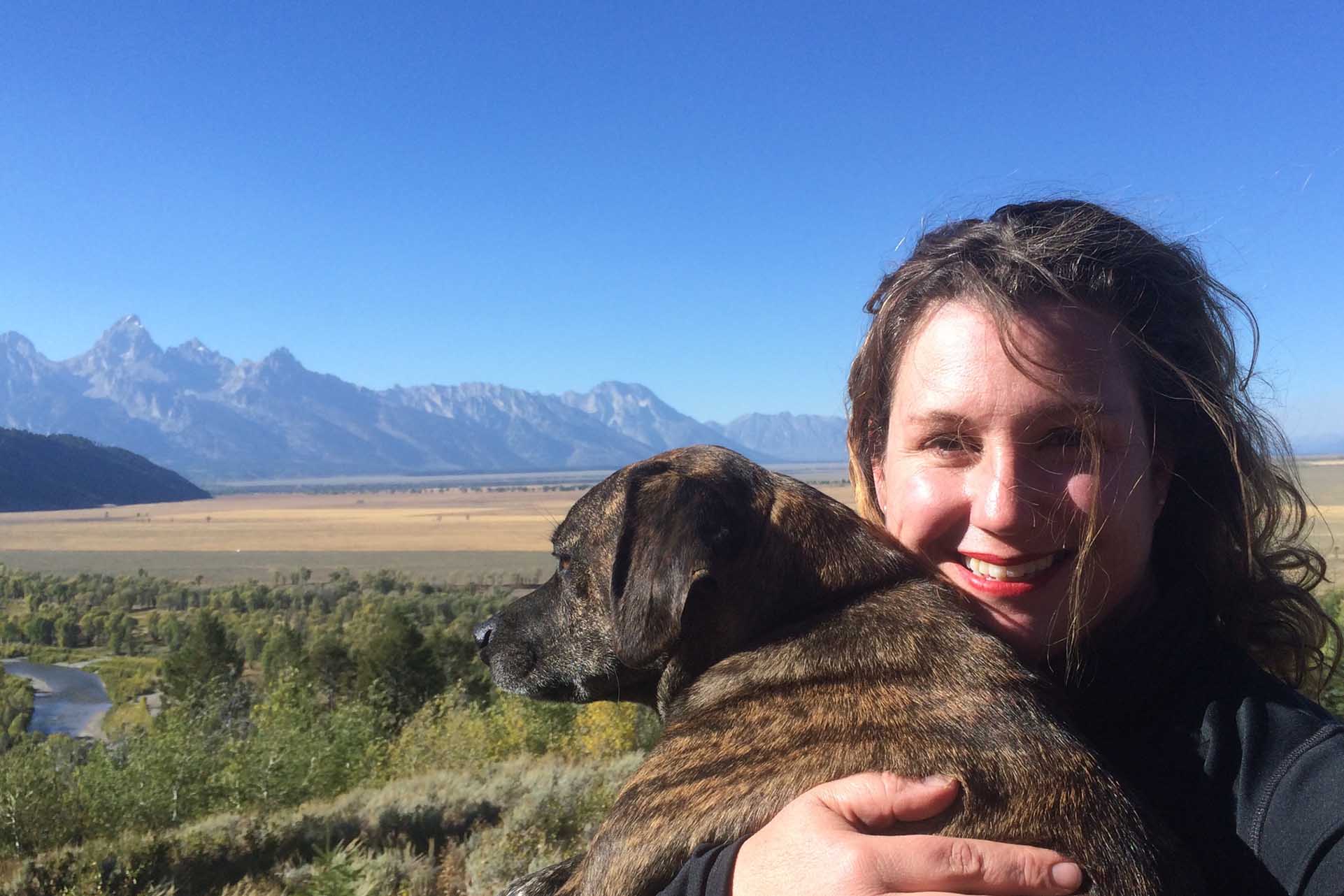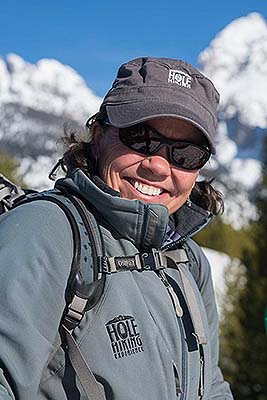
Hole Hiking Experience Keeps Track of Our Environs
 The Hole Hiking Experience is Jackson Hole’s original ‘nature company.’ Here, owner Cathy Shill offers up some nature news about recent temperatures, wildlife and more.
The Hole Hiking Experience is Jackson Hole’s original ‘nature company.’ Here, owner Cathy Shill offers up some nature news about recent temperatures, wildlife and more.
The Hole Hiking Experience is marking 28 years of year-round naturalist-guided hiking, wildlife tours, snowshoeing and cross-country skiing in Jackson Hole and Grand Teton National Park. Cathy Shill is the owner of Jackson Hole’s “original nature company,” and sends out a monthly Nature News email. Check out January’s below!
January brought winter storms, wind, sun and rain. Typical weather except the thin snow pack on the valley floor. Playing in the mountains becomes a challenge when you have to navigate through the thick vegetation at lower elevations. This year, the temperatures are warm enough that the valley snow continues to melt so the usual white landscape is missing. That said, the animals seem quite pleased as they continue to move and graze throughout the valley.
What is normal anymore? To me, weather seems to be extreme and we have to acknowledge our impact on the Earth and changing weather patterns. We have ended 2017 with huge fires and hurricanes in the US, a record winter in Jackson Hole, frigid temperatures in the East , extreme heat in Asia, warm waters in the Bering Sea and the list goes on. It’s time that we change our impact on the Earth and speak up for the animals, birds and all creatures. (NPR- The Year of Extreme Weather)
It is interesting to live in an ecosystem that thrives with diversity and to see how the animals adjust to the changes in climate. A record winter in 2016 decimated the mule deer population but it seems to have rebounded a bit with the current count of fawns. Moose can’t handle heat so their population suffers during warm summers. The state of Wyoming negates climate change. It’s real and it’s happening. I hope that we wake up to make some positive changes as a nation and as a species.
Due to the thin snowpack, bison are slowly making their way to the National Elk Refuge. The bison have sufficient forage so there is no need to hurry to the feed ground. There is also a fall hunt on the elk refuge and it appears the bison know to stay north in the park. Ecologically, this is a learned behavior. The bison know that hunting occurs on the refuge so they stay north and graze in the park for safety.
Bison use their massive heads to move the snow to reach grass. This is an adaptation to winter and surviving deep snow. They learned that alfalfa pellets are available on the elk refuge in the winter and they also seem to know to not go early to the feed ground due to bullets and hunters. Nature: always present and always amazing!
Moose would be considered a snow-lover. Numerous adaptations ease the winter months and they are truly a northern species. You won’t find moose in southern latitudes. Moose don’t have to exert any energy to stay warm until it is 30 below zero! They have black coats to utilize the sun’s radiation and double-jointed knees so they can lift up and out of the snow. Hollow guard hairs trap oxygen for warmth. They browse, so can reach bushes above the snow. These adaptations make winter a preferred season. The heat of the summer causes them stress and heat exhaustion is a cause of mortality. Once temperatures reach the mid-50’s, moose have to exert energy to stay cool. They pant, move to shade and seek water so hot summers challenge them.
Tour Suggestion:
A ski or snowshoe near Shadow Mountain is always a great outing on a sunny day. Since snowpack is thin, you can still find moose feeding on the antelope bitterbrush. You can ski up the road to the top which is a great workout or snowshoe through the Aspen trees and explore the south side of this gentle rolling terrain. Regardless of where you go, the Teton peaks tower above the western side of the valley, giving unprecedented views.
To reach the trailhead, drive north out of town and turn right onto the Gros Ventre Road. Continue past Kelly and drive north until the road ends. Shadow Mountain is the hilly area on your right/east side of valley. The road begins where you park and is closed in the winter. Have fun and keep an eye out for wolf tracks!
